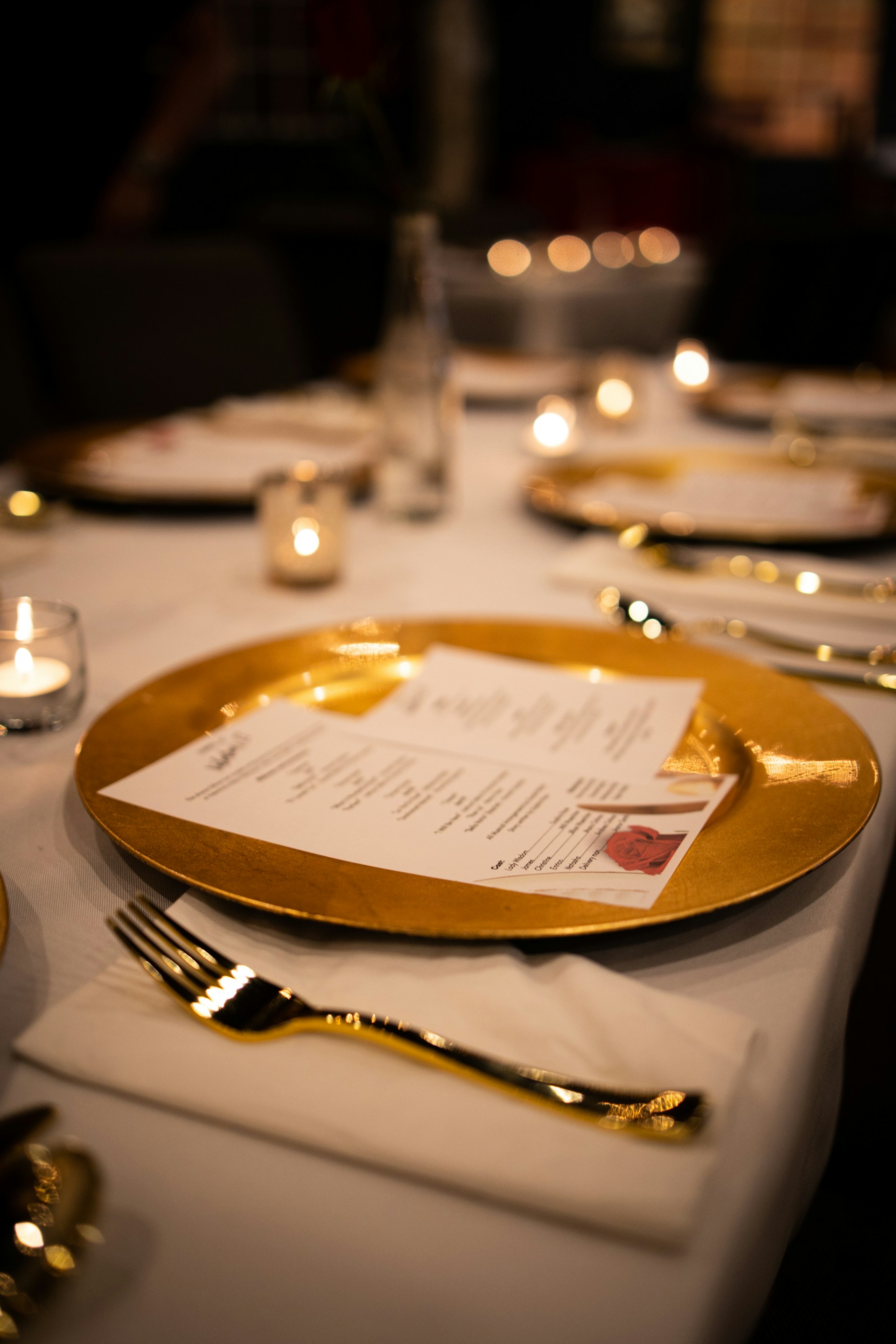
Introduction
Fashion has long been a space for creativity, self-expression, and cultural storytelling, yet it remains largely inaccessible to those with disabilities and financial limitations. The Met Gala, often regarded as fashion’s biggest night, is a platform that showcases extravagant designs and avant-garde trends. However, despite its influence in shaping public perceptions of fashion, discussions on accessibility within the industry continue to lag behind. High fashion, as it exists today, often excludes individuals with disabilities by failing to provide adaptive designs and by maintaining structural barriers that prevent full participation. Similarly, the exclusivity of haute couture leaves many unable to engage with fashion beyond admiration. This blog explores the intersection of fashion accessibility, adaptive clothing, and the role of the Met Gala in driving change, highlighting the importance of advocacy for a more inclusive industry.
The Accessibility Issue in High Fashion
Fashion is meant to empower individuals, yet it presents significant obstacles for many. Adaptive clothing—designed for individuals with disabilities—remains underrepresented in major fashion events, including the Met Gala. While some designers have embraced inclusive designs, the industry at large has yet to integrate accessibility as a core component rather than a niche segment. Many individuals with disabilities struggle to find stylish clothing that accommodates mobility challenges, sensory sensitivities, and medical needs. Issues such as difficulty with fastenings, lack of wheelchair-friendly designs, and failure to prioritize comfort further reinforce barriers that prevent many from experiencing the full potential of fashion.
Beyond the physical aspects, there are structural barriers within high fashion that create exclusion. Many luxury brands do not adequately market to or consider individuals with disabilities, and very few models with visible disabilities walk the runways of major fashion weeks. The Met Gala itself, while positioned as a global celebration of creativity, rarely spotlights adaptive designs or includes advocates who champion accessibility in fashion. The event often adheres to elitist traditions, reinforcing the notion that high fashion is reserved for a select group rather than accessible to all.
Adaptive Fashion: A Movement Towards Inclusion
The growing conversation around adaptive fashion signals a shift in the industry. Designers such as Tommy Hilfiger Adaptive, IZ Adaptive, and Nike FlyEase have developed collections specifically tailored to individuals with disabilities, focusing on easy closures, sensory-friendly fabrics, and mobility-conscious designs. Despite these advancements, adaptive fashion still lacks the recognition and prestige associated with haute couture, preventing it from reaching mainstream audiences.
If the Met Gala were to embrace adaptive fashion, it could set a powerful precedent for industry-wide change. Featuring designers who specialize in accessibility and ensuring that individuals with disabilities are represented both on the red carpet and behind the scenes would send a message that high fashion belongs to everyone. This could also encourage leading brands to integrate accessibility into their standard collections rather than treating adaptive fashion as an afterthought.
Financial Exclusivity and the Price Barrier in Fashion
Another critical aspect of accessibility in fashion is financial exclusivity. The high cost of designer clothing makes fashion unattainable for the majority of consumers, reinforcing an elitist divide between those who can afford couture and those who cannot. The Met Gala, with its $50,000 per ticket entry fee and guest list curated by Anna Wintour, further exemplifies this exclusivity. While the event is meant to celebrate fashion and art, it inadvertently highlights the economic barriers that prevent everyday consumers from engaging with high fashion beyond admiration from afar.
Sustainable and ethical fashion movements offer potential solutions to this issue by advocating for affordable, high-quality alternatives to luxury fashion. Thrift culture, secondhand shopping, and the rise of rental fashion services help bridge the accessibility gap. However, true inclusivity requires the industry to redefine the meaning of luxury, ensuring that high fashion is not just limited to those with wealth and status.
The Role of the Met Gala in Shaping the Future
As one of the most influential fashion events of the year, the Met Gala has the power to drive conversations that shape the industry’s direction. By featuring adaptive fashion, promoting designers who prioritize inclusivity, and inviting advocates to the forefront, the event could catalyze change. Instead of remaining an elite spectacle, the Met Gala could expand its influence to champion diversity, accessibility, and affordability in high fashion.
One potential approach would be for the Met Gala to collaborate with adaptive fashion brands and designers for future themes. Spotlights on innovative accessible designs, disability representation, and sustainable practices would broaden fashion’s horizons. Additionally, including diverse models and accessibility modifications to event spaces would ensure that physical barriers do not limit participation.
Beyond representation, financial accessibility could be improved by encouraging brands to offer more affordable couture pieces, creating pathways for everyday consumers to experience high fashion. Advocacy efforts within the Met Gala could push for scholarship programs for emerging designers, allowing individuals from diverse socioeconomic backgrounds to contribute to the industry without financial restrictions.
Conclusion
The Met Gala has the influence, platform, and visibility to redefine fashion accessibility. By embracing adaptive fashion, inclusivity in design, and affordability, it can become more than just an exclusive event—it can drive meaningful change. Advocacy for accessibility in fashion is not just about ensuring representation; it is about breaking down barriers that prevent individuals from fully engaging with the industry. The next step for high fashion is to recognize that true beauty lies in diversity and inclusion, and it is time for the Met Gala to reflect that evolution. ¹ ² ³ ⁴ ⁵ ⁶ ⁷
